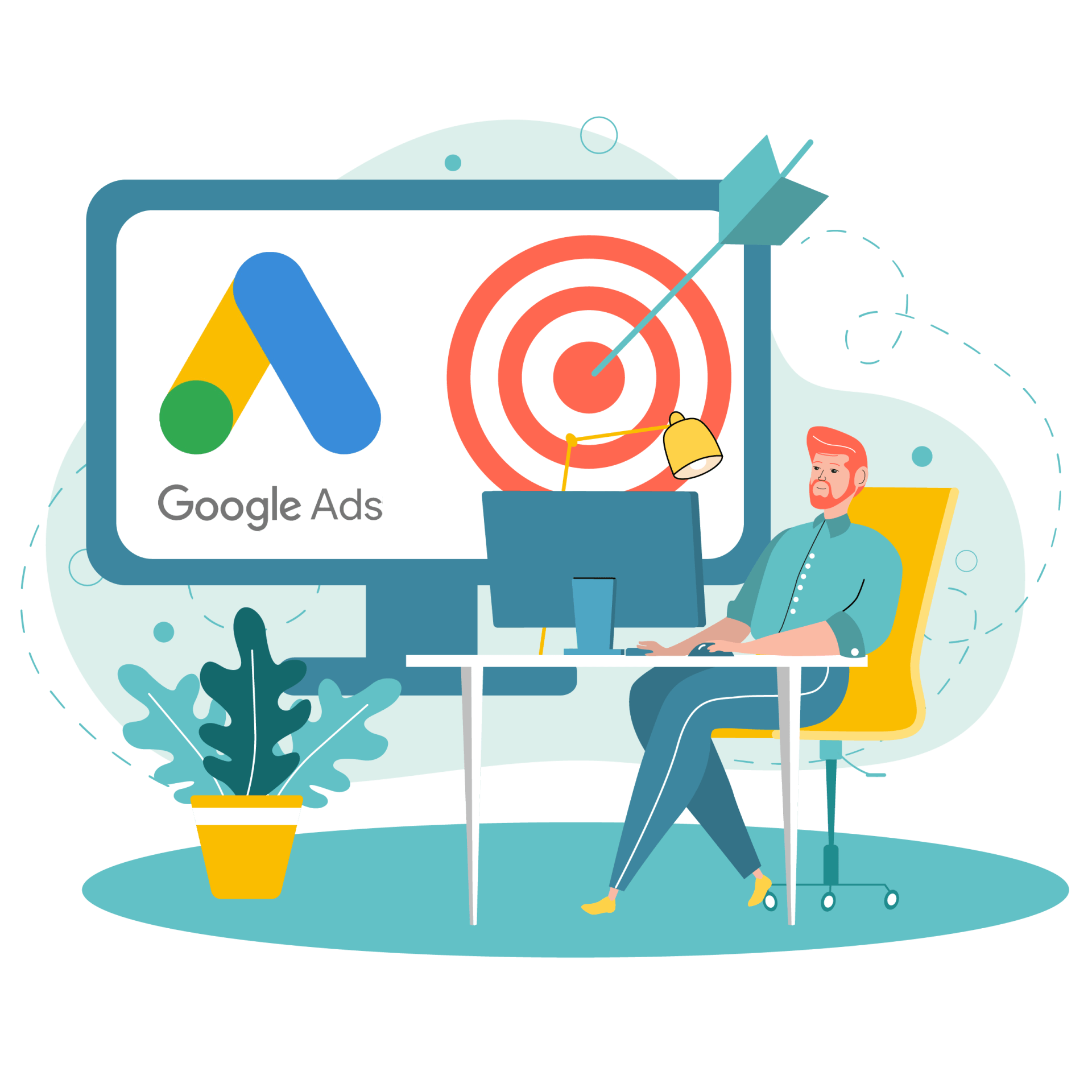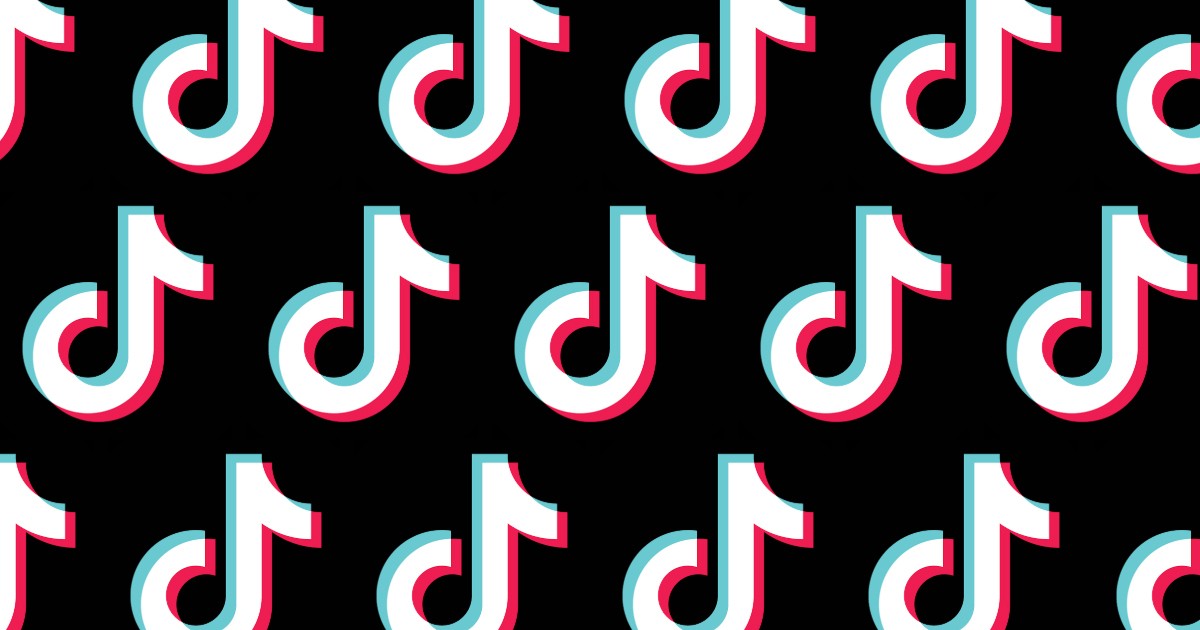
You should consider a few things when creating your advertisement poster. These include the size and typography of the poster as well as the color scheme. A great headline should capture attention in 15 words or less. The body of the poster should be limited to one or two sentences in order to keep the viewer interested.
Information to be included in an advertisement poster
It is vital to determine what methods work best for drawing attention to your advertisement posters. An advertisement poster should be organized in a clear hierarchy. The title, which should not exceed 15 words, should be the first element. The second element must contain information about the product or services. The third element should contain contact information as well as a call-to action.

A poster size
Effective advertising starts with choosing the right size poster for your advert. There are many sizes that can be used to suit different purposes. Standard posters are available in sizes from forty by sixty inches (A2 size), up to seventeen by twenty-four inches for A3. You can also order custom posters, depending on what you require.
Typography
It is important to think about the typography when designing an advertisement poster. It can convey emotions and be placed over other elements to create an impression. In the same way, it can also communicate a message visually by being placed close to the design. The font should be aligned and use a consistent baseline framework. This will help the audience connect with the poster visually and make it easy to read the message.
Color scheme
There are many options available when it comes choosing a color scheme that will be used on an advertising poster. Black, white, and green create a striking look, and the contrast between them allows for easy reading. Yellow and orange are other colors you might consider. Even though they are not the main focal point of the poster, they make great accent colors and can create a fun, welcoming design. You can also use them as color overlays in blue and red. You can create many different looks with them.
Movement
Advertisers often use movement in their advertising posters. These visual messages aim to attract attention to a message. The design of posters has changed over the last century. It is no longer essential. This evolution is due to the changes in society and the way in which we communicate. As technology and communication tools like the Internet continue to revolutionize how we communicate with the outside world, the poster's role in society will evolve.

Title of the event
A poster advertisement title should describe the event in the largest font. This will draw attention to the poster and give context. A color that contrasts with your background is a great idea. Bright, bold colors will grab the attention of the reader and encourage them to continue reading the next section.
FAQ
Radio advertising: What are your options?
It is important that you understand the differences between media. Remember that media can complement each other and are not necessarily competitive.
Radio is best utilized as an extension to TV advertising. It can reinforce key messages and provide additional information.
Radio listeners are often not able to handle long TV commercials. Radio ads are often shorter and cheaper.
What is the basic purpose of advertising?
Advertising is not just about selling products; it's also about creating an emotional connection between you and your customers.
Advertising is communicating ideas and values. Advertising is about changing people's minds and attitudes. And it's about building relationships.
It is all about making people feel good.
However, if your customers don't want what you have to offer, you won't be able to sell anything.
You must first get to know your customer before you can start advertising projects.
Then, you can create ads that resonate.
What should you know about printing advertising?
Print advertising is an effective medium for communicating with consumers. Print advertising is used extensively by companies to promote their products or services. The key objective is to capture the attention of the consumer.
Print ads are usually short (one page) and contain text, pictures, logos, and other graphics. You may also find sound, animation, video and hyperlinks.
Here are the main types and classifications of print advertising:
1. Brochures: These large-format printed pieces are meant to draw customers into stores. Brochures are filled with eye-catching designs, colorful pictures, and attractive graphics.
2. Catalogues - These are smaller versions of brochures. These are often sent to customers who have asked for information on particular items.
3. Flyers - These are small pieces of paper distributed at events such as concerts and fairs. They can be given at retail outlets but must be paid for.
4. Posters - These flyers can be larger than the ones you see on the flyer. They are often displayed on walls, fences, or buildings. They are usually made using computer software programs, which is designed to draw the eye of passersby.
5. Direct mail – This is a direct mailing of letters or postcards directly to customers. These are sent to customers periodically by businesses to remind them about their business.
6. Newspaper Ads - These are placed in newspapers and magazines. These are typically quite long and often contain text as well images.
How can you choose your target audience?
Begin with you and your closest friends. You might be unsure where to begin. Ask yourself: "Whom am I trying to reach?"
These are some questions to ask yourself: Who is the most influential person in my industry? What are their daily problems? Which are the smartest people working in my field? Where do they hang out online?
Rewind to the beginning, when your business was founded. What was your motivation for starting? What problem did you solve for yourself, and how did you do it?
These answers will help to identify your ideal clients. This will allow you to learn more about your ideal customers and their motivations for buying from you.
For clues on who your competitors cater to, check out their websites and social media pages.
Once you identify your target customers, then you must decide which channels to use to reach these people. A website might be created to reach home buyers, for instance, if your business provides services to agents in real estate.
A blog could be created if your software is offered to small businesses.
A Facebook page could be created for clothing sellers. You could also set up a Twitter account if your restaurant is a business owner to help parents find kid-friendly restaurants.
The point here is that there are many ways to get your message across.
What should you know about TV advertising?
Television advertising is an extremely effective medium for reaching many people at once. It was also quite expensive. However, if you use it well, it can be incredibly powerful.
Although there are many types of TV ads available, they all share certain characteristics. It is important to make sure that your TV ad fits into the appropriate category. Don't confuse a lifestyle ad with a product advertisement if you are running a commercial. Your message should be consistent throughout the entire campaign.
Second, prime-time hours are the best times to air your ads. This is because most viewers watch TV while relaxing in front of the set. They should be able to concentrate on what you are saying.
Don't assume that just because you have lots of money, you will achieve great results. However, this may not be true. According to a University of California study, commercials that aired on popular TV shows had lower sales than those that aired on unpopular programs. You should ensure that you spend your money wisely if you plan to advertise on television.
What is an advertising campaign?
An advertising campaign is a series of advertisements designed to promote a product or service. It could also refer the entire production of such advertisements.
The Latin word for "to Sell" gives rise to the term "ad". Marcus Terentius Varro (116–27 BC), was the first to make it a verb, meaning "to make sale".
Advertising campaigns are often carried out by large agencies or companies. These campaigns may include many media types such as print, television, radio and the internet.
Advertising campaigns typically last for several months and have specific goals. For instance, some campaigns aim to generate awareness while others focus on increasing sales.
What is branding?
Your brand is the way you express who you are and what your stand for. It's how people remember you and your name.
Branding involves creating an identity that makes your company stand out. A brand isn't just a logo. It also includes everything you do, including your physical appearance as well as the tone of voice that employees use.
Because customers know exactly what they are getting, strong brands help them feel confident in purchasing from you. And it gives them confidence in choosing your products over those of competitors.
Apple is an example of a well-branded business. Apple is a well-known brand for its elegant design, high quality products and excellent customer service.
Apple's name is synonymous with technology. Apple is what people associate with when they see a phone or computer.
It is a good idea to create a brand prior to starting a new company. This will give your company a face and personality.
Statistics
- Advertising's projected distribution for 2017 was 40.4% on TV, 33.3% on digital, 9% on newspapers, 6.9% on magazines, 5.8% outdoor, and 4.3% on radio. (en.wikipedia.org)
- It's 100% reliant on your website traffic. (quicksprout.com)
- Advertising spending as a share of GDP was about 2.9 percent. (en.wikipedia.org)
- In 1919 it was 2.5 percent of gross domestic product (GDP) in the US, and it averaged 2.2 percent of GDP between then and at least 2007, though it may have declined dramatically since the Great Recession. (en.wikipedia.org)
External Links
How To
How can I advertise on Google
AdWords, Google's advertising platform, allows businesses to buy ads based upon keywords they wish to target. Your account is the first step. Set the budget, select the campaign name, and then add keywords. Next, you will bid for those keywords. When someone clicks one of the ads you place, they pay only if that click comes from someone who searched with one of your targeted keywords. This way, you get paid even when people don't buy anything.
Google offers many tools that will help you make your ads more effective. These tools include Ads Preferences Manager Manager and Keyword Planner. These let you determine which strategy is best for you business.
The keyword planner will help you decide which keywords you should use in your campaigns. It can help you decide whether or no to spend money on certain keywords.
To change settings such as the maximum number per day or the minimum cost per Click, you can use Ads Preferences Manager
Analytics lets you track the performance of your ads and compare them to competitors. You can view reports that show how your ads performed in comparison to other ads.